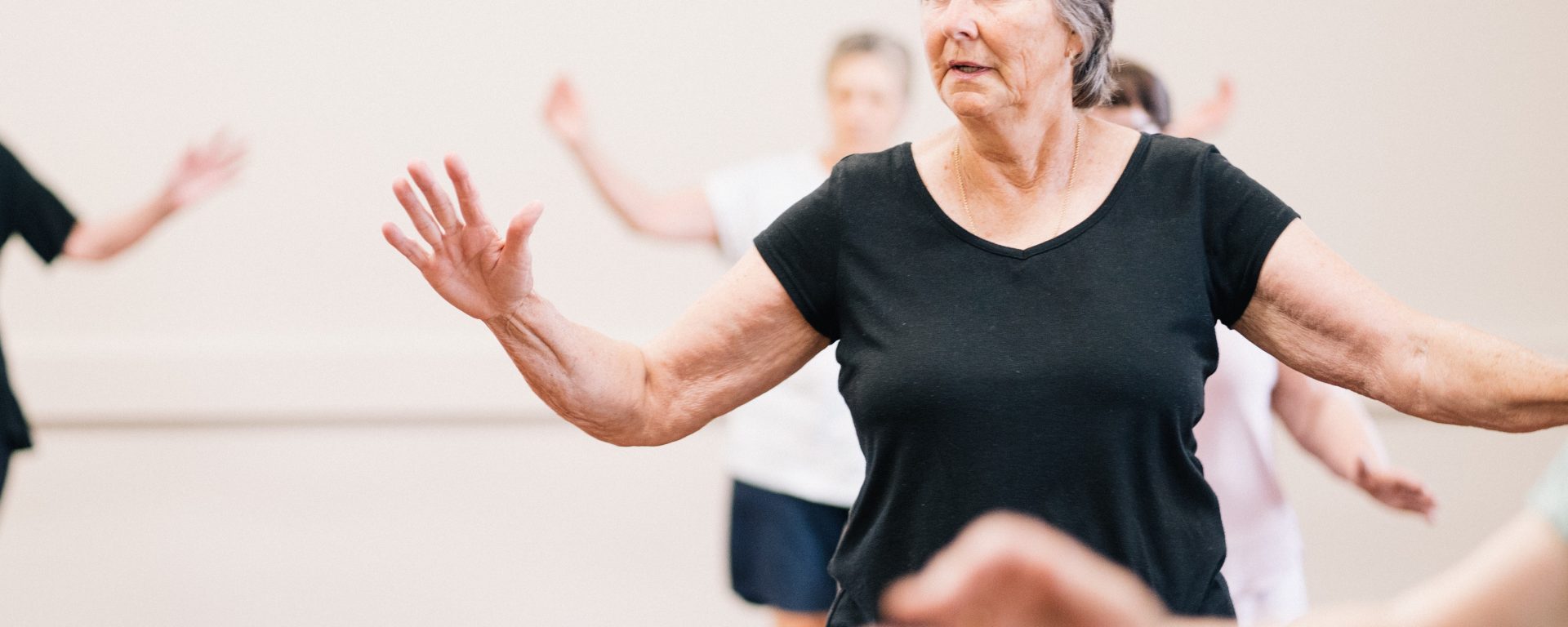In 2011, a randomized controlled trial was conducted by Monteiro, et. al., to evaluate the impact of a 12-month exercise program on the temporal characteristics of foot rollover during walking in postmenopausal women, based on plantar pressure data. The study involved 121 postmenopausal women aged 41 to 77 years, who were randomly recruited from the community. Participants were divided into exercise and control groups and were assessed both before and after the trial. The assessments were performed with the participants walking barefoot at a self-selected speed over a 9-meter-long walking track equipped with a pressure platform. Measurements focused on the initial and final contacts at various points of the foot, including the lateral and medial heel, metatarsal heads I to V, and the hallux (medial and lateral).
Results indicated that women in the exercise group exhibited a later contact time in the relative metatarsal 4, metatarsal 5 (both absolute and relative), and medial heel (both absolute and relative). They also showed an earlier relative initial contact in toe 1. These changes suggest an improved temporal pattern in foot rollover during walking as a result of the exercise program. In contrast, the control group displayed an earlier initial contact in metatarsal 3 (both absolute and relative), suggesting no similar improvement.
Further analysis of the modification rates revealed that postmenopausal women in the exercise group experienced a later final contact (both absolute and relative) in metatarsal 5 and a later relative final contact in metatarsal 4. Additionally, these women had an earlier relative initial contact in toe 1, indicating a more optimal gait pattern. The control group did not show these beneficial changes.
A repeated-measures analysis of variance highlighted a significant time effect in most variables considered, underscoring the impact of the exercise program over the 12-month period. This suggests that regular exercise can effectively modify the temporal parameters of foot rollover during walking in postmenopausal women.
In conclusion, the 12-month exercise program proved effective in enhancing the gait patterns of postmenopausal women who adhered to the regimen. The primary effect observed was time, indicating that consistent participation in the exercise program led to significant improvements in the temporal characteristics of foot rollover during walking. These findings support the implementation of structured exercise programs to improve gait and potentially reduce the risk of falls and related injuries in postmenopausal women.
Reference: Monteiro, M. A., Gabriel, R. E., Sousa, M. F., Abrantes, J. M., & Moreira, M. H. (2011). Impact of a 12-month exercise program on the temporal parameters of the foot rollover during walking in postmenopausal women. Menopause, 18(7), 771-777.
